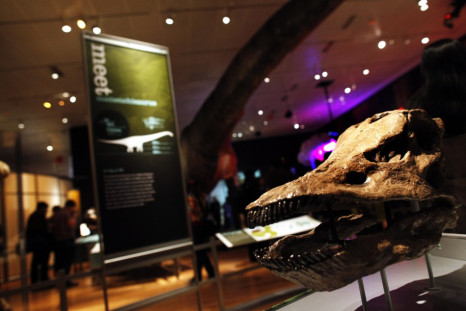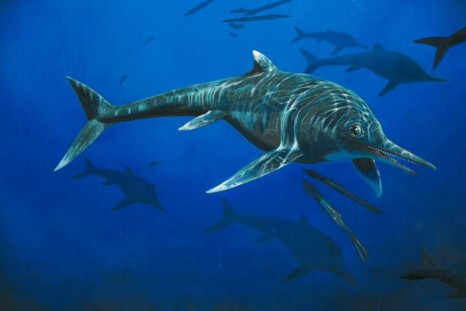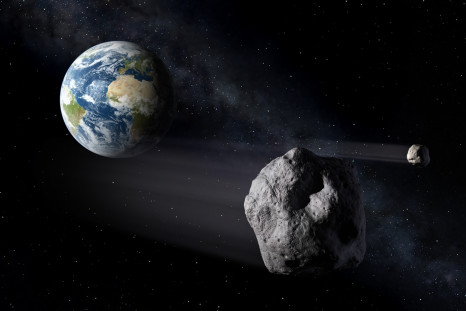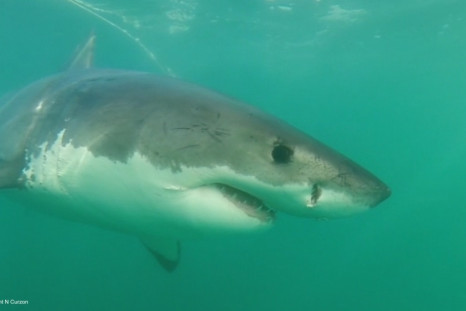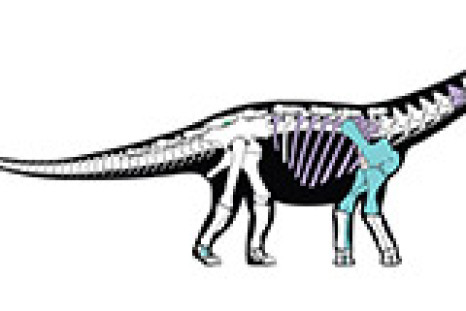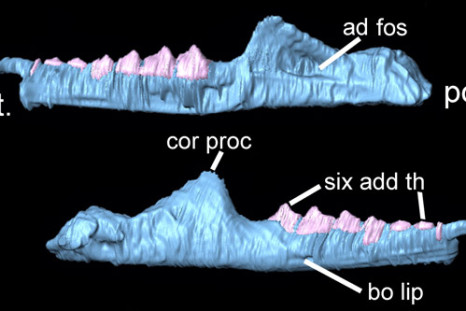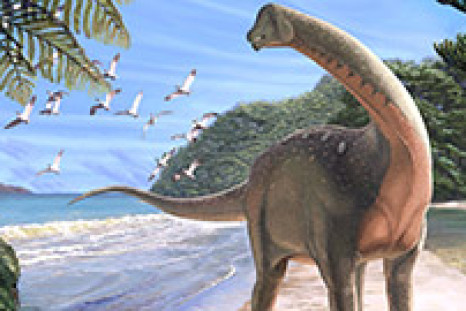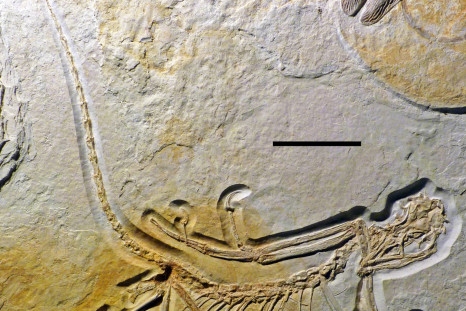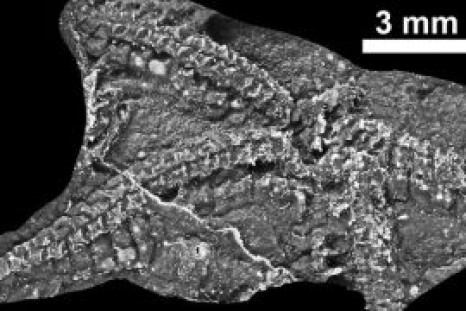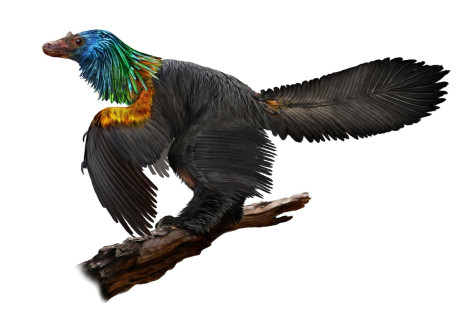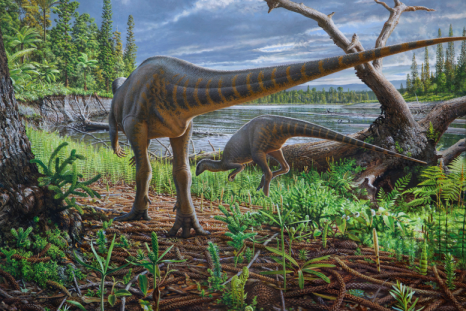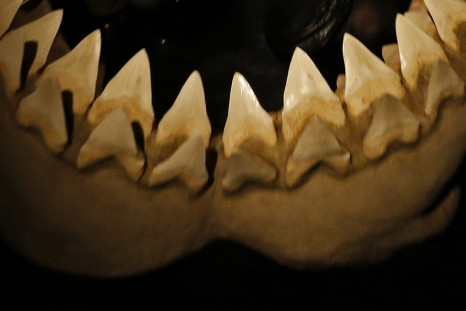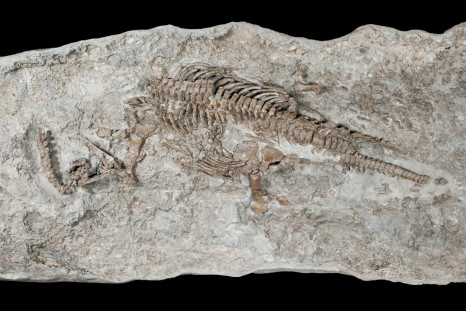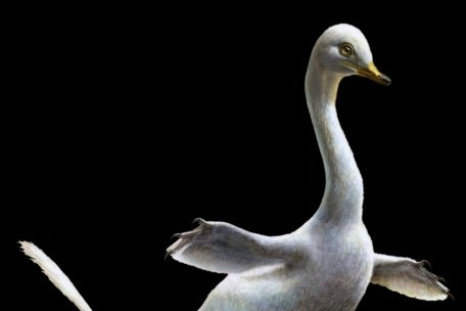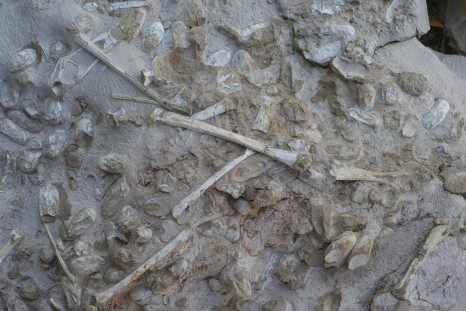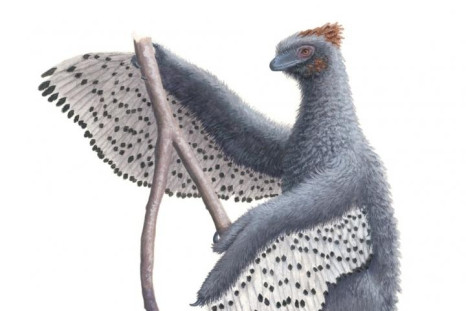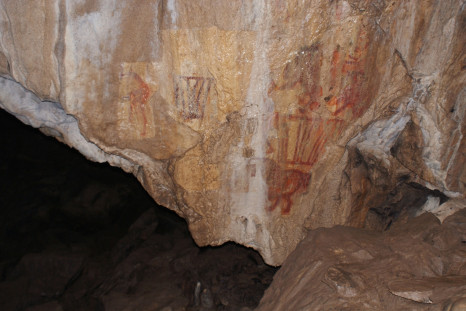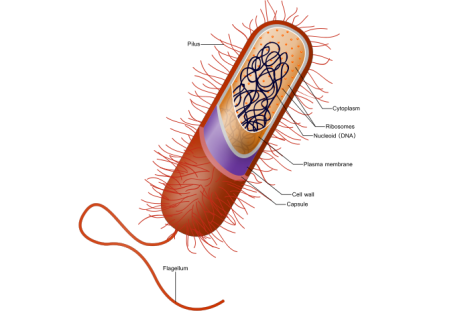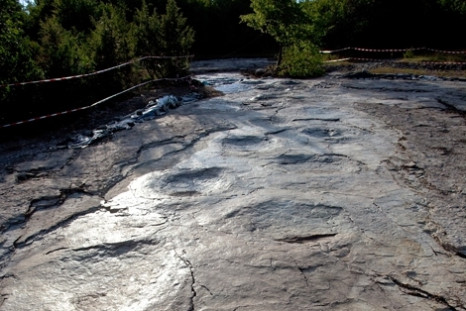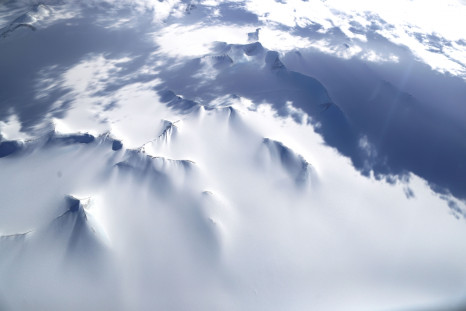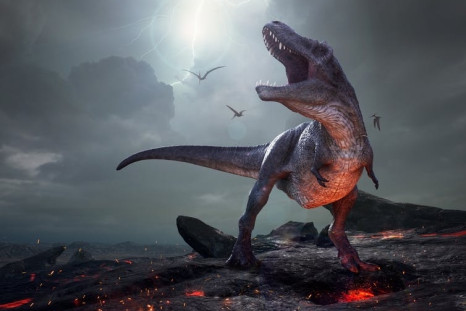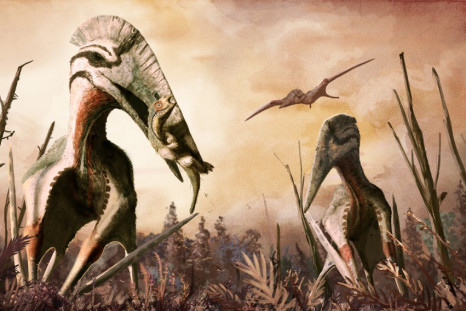Home
> Dinosaurs
Dinosaurs
First near-complete dinosaur skull found in Australia reveals links between continents
A nearly complete skull of a 95-million-year-old sauropod dinosaur has been found in western Queensland, Australia.
Sadhna Yadav Apr 12, 2023
100 million-year-old dinosaur footprints found at restaurant in China
A diner at a restaurant in the Sichuan province of China has accidentally helped palaeontologists unearth 100 million-year-old dinosaur footprints.
Sadhna Yadav Jul 29, 2022
Giant reptile found intact inside belly of ichthyosaur fossil found in China
Paleontologists believe the ichthyosaur died shorty after consuming its last meal due to a broken neck
Nina Siena Aug 21, 2020
Asteroid killed dinosaurs, unleashed 'billions of tonnes' of climate changing gases: Study
Researchers created first-ever fully 3D simulation of the whole event.
May 28, 2020
Scientists discover four new shark species that can walk
These might be one of the youngest sharks to evolve.
Jan 24, 2020
Dinosour extinction first day recorded by rocks found at asteroid site
Dinosaur extinction is now widely believed to have been caused by a large asteroid impact.
Rishabh Jain Sep 10, 2019
Racing birds could explain how giant dinosaurs moved and lived several million years ago
Scientists raced as many as 12 bird species on an enclosed track to understand and relate their locomotive traits to those of long-extinct dinosaurs.
Shubham Sharma Feb 22, 2018
205-million-year-old fossil identified as new species of tiny reptile that lived alongside dinosaurs
The fossil, which was found in rocks in a quarry near Cardiff in South Wales, has been named Clevosaurus cambric.
India Ashok Feb 07, 2018
200 million-year-old fossil of rare Jurassic-era 'sea dragon' was found hidden in private collection
The fossil is only the second known specimen found to belong to the rare prehistoric sea creature species called Wahlisaurus massarae.
India Ashok Feb 03, 2018
12,000-year-old comet crash set fires larger than dinosaur-killing asteroid, caused another Ice Age
Scientists believe that around 12,800 years ago, the Earth was hit by fragments of a dying comet, measured around 100km in diameter.
India Ashok Feb 03, 2018
New Egyptian dinosaur fossil reveals link between Africa and Europe – here's all you need to know
Palaeontologists consider this find as the "Holy Grail" of discoveries, since dinosaur fossils from the end of the Age of Dinosaurs are hard to find in Africa.
India Ashok Jan 30, 2018
150-million-year-old fossil is oldest example of key transition species between dinosaurs and birds
Archaeopteryx is an important group of bird-like dinosaurs which marks the evolutionary transition between reptilian dinosaurs and birds.
Aristos Georgiou Jan 26, 2018
435 million-year-old brittle star fossil is a new species that survived extinction of dinosaurs
The newly-identified brittle star species is believed to be the cousin of modern starfish and is considered to have had incredible survival powers.
India Ashok Jan 20, 2018
Rainbow-coloured dinosaur the size of a duck discovered in China
Caihong juji was about the same size as a duck and lived 161 million years ago, according to scientists.
Aristos Georgiou Jan 15, 2018
New turkey-sized dinosaur discovered in ancient Australian river bed
Previously unknown species, which has been named Diluvicursor pickeringi, uncovered in 113-million-year-old rocks in south-eastern Australia.
Aristos Georgiou Jan 11, 2018
83 million-year-old shark that lived during dinosaur age likely the ancestor of largest ever shark
33 fossil teeth of the Cretaceous Period shark, collected over a period of 38 years, revealed a new species that was likely the ancestor of the largest known shark – megalodon.
India Ashok Jan 10, 2018
Titanoboa: The monster snake that measured 50 feet and ate crocodiles for dinner
Titanoboa cerrejonensis is the largest snake ever known to have existed and an early ancestor to today's boa constrictors.
Aristos Georgiou Jan 08, 2018
Urkudelphis chawpipacha: New species of ancient dolphin discovered that lived 20-30 million years ago
Urkudelphis chawpipacha may be the ancestor of modern river dolphins, say scientists after exciting find in Ecuador.
Aristos Georgiou Dec 20, 2017
Rhaeticosaurus mertensi: Skeleton of sea monster discovered from 201 million years ago
Plesiosaurs are a group of marine reptiles which roamed the oceans until being wiped out 66 million years ago.
Aristos Georgiou Dec 14, 2017
Dinosaur with velociraptor claws, crocodile teeth, swan neck and penguin-like swimming skills found
The stunningly well-preserved fossil of the 70-million-year-old dinosaur was reportedly dug up by poachers and smuggled to Europe.
India Ashok Dec 07, 2017
245-million-year-old 'Darth Vader' fossil of creature that lived before dinosaurs has been found
Palaeontologists say that the new discovery provides more information about the evolution of ancient underwater creature.
India Ashok Dec 06, 2017
Pterosaurs Eden: 215 fossilised eggs of ancient flying reptiles found in record-breaking discovery
The archaeological treasure trove also included skeletons of what is believed to be pterosaurs hatchlings and young adults.
India Ashok Dec 01, 2017
Dinosaurs were much fluffier than previously thought
New insights have allowed researchers to create the most accurate depiction of any dinosaur to date.
Aristos Georgiou Nov 29, 2017
Cave painting of a camel discovered in Russia could be 38,000 years old
Restoration expert Eudald Guillamet found the animal artwork while cleaning the cave to remove graffiti.
Nov 28, 2017
Oldest form of life fossilised two billion years ago discovered in India
Geologist Naresh Ghose found the prokaryote, a tiny, single celled organism, in shale underlying volcanic rock in the Gwalior basin of the Bundelkhand region near Jhansi.
IBT UK Contributor Nov 25, 2017
Giant Jurassic-era dinosaur made the world's longest tracks around 150 million years ago
Scientists believe that a Sauropod that weighed 35 tonnes was responsible for making massive 110-step trackways.
India Ashok Nov 14, 2017
260-million-year-old fossils reveal Antarctica had tree-filled forests before dinosaurs existed
Scientists estimate that during the Permian Period, before dinosaurs even existed, Antarctica was covered in trees.
India Ashok Nov 11, 2017
If the Chicxulub asteroid hadn't hit Mexico, the dinosaurs might not have gone extinct
Humans are lucky it hit that spot sixty-six million years ago, or we might not be around today.
Matthew Wills Nov 10, 2017
Cancer cells can be destroyed using a rare metal from the asteroid that killed the dinosaurs
Researchers used iridium - the second most dense metal on Earth - to effectively target and attack cancer cells, boosting hopes for new treatments.
Aristos Georgiou Nov 02, 2017
These 70 million-year-old remains may belong to the largest flying animal ever discovered
Researchers estimate that the fearsome predator had a wingspan of up to 36 feet and may have stood as tall as a giraffe.
Aristos Georgiou Oct 31, 2017
Pages
- 1
- 2
- 3
- 4
- 5
- 6
- 7
- NEXT



